Medtech
-
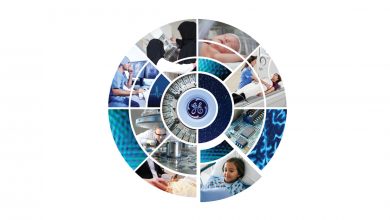
The Future of Healthcare in the Middle East Is About Data and AI … and Partnership
In the healthcare sector, approximately 5% of the data that is generated by imaging equipment, patient records and other medical information is used to improve patient diagnosis, care and outcomes. The other 95% is wasted. What’s more, every 73 days, the volume of this data close to doubles. Meanwhile, in the wake of the COVID-19 pandemic, hospitals and health ministries…
Read More » -

Smart Hospital, Resilient Organization
Health Information Technology Can Enable Organizational Resilience Clinical and operational systems in hospitals push out notifications about patient care events: a patient is deteriorating; a patient is about to fall; a patient has pressed the nurse call button. For care teams to respond effectively to notifications from multiple different systems, the hospital’s digital infrastructure must be able to rapidly convert…
Read More » -

Quiet Hospital Initiative Cuts Down on Overhead Announcements
We launched the Quiet Hospital initiative last month, and have been able to dramatically reduce the number of overhead announcements by re-evaluating which announcements are really necessary, and using other means for communication to staff. It dramatically reduces the number of overhead announcements. New communications technology has helped us do that. Thanks to Alison Foard, there’s a little bit more…
Read More » -
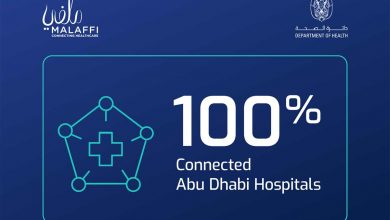
100% of Abu Dhabi-based Hospitals Connected to Malaffi
In line with the ongoing efforts to enhance patient experience and improve the quality of healthcare and patient outcomes in Abu Dhabi, Malaffi, the region’s first Health Information Exchange (HIE) platform and a strategic initiative of the Department of Health – Abu Dhabi (DOH), announced that all public and private hospitals in the Emirate are now connected to the platform.…
Read More » -

Niagara Health Reduces Number of Injuries in Code White Emergencies by 20% – Staff Feel Safer While They Work
Recently, in the emergency department (ED) of one of our hospital sites, a patient became combative with a front-line nurse. The nurse double-tapped the Call button on her Vocera Badge – a wearable communication device – to call a code white, alerting security staff instantly and discretely. The security team rushed to her location, able to hear what was happening…
Read More » -
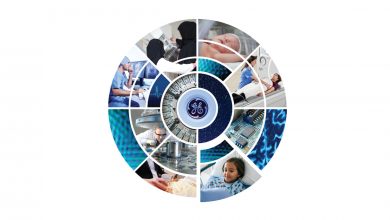
The Road to Efficient, Quality Patient-Centric Care
The COVID-19 pandemic has changed many things, including the perception of healthcare among business executives. Prior to the pandemic, GE’s biennial survey on global innovation found that IT, high-tech and the internet were seen as the most innovative sectors. But in the wake of the pandemic and given the response by government ministries, private healthcare providers and others, the healthcare…
Read More » -

Employing the Power of AI and Interoperability to Reduce Sepsis Mortality
Augusta Health is a community hospital nestled in Virginia’s beautiful Shenandoah Valley focused on improving the health and well-being of our community. The statewide sepsis mortality rate in Virginia is 12.7%, while at Augusta Health it is 4.76%. We have been able to achieve a significantly lower sepsis mortality rate by employing the power of artificial intelligence (AI) and communication…
Read More » -
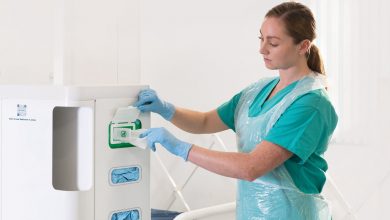
Wiping out infection
In the Arab world, more than 1 in 10 acute healthcare patients has a healthcare-associated infection (HAI). HAIs cause poor patient outcomes, increase the length of hospital stays and place a huge burden on healthcare resources. With antibiotic resistance on the rise, we need to find better ways to stop the spread of infection within our hospitals. A universal solution…
Read More » -
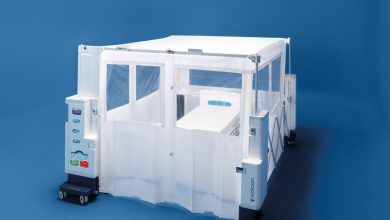
Rediroom – Instant patient isolation
The importance of isolation Effective isolation is an essential part of infection prevention. A host of pathogens can spread via direct contact (typically through contaminated hands) or indirect contact (involving contaminated surfaces). Respiratory droplets are traditionally thought to spread up to a two-metre radius when colonised patients cough, sneeze or talk. Without proper infection prevention measures, those infections can quickly…
Read More » -
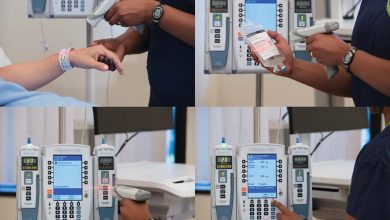
Streamlining for Safety: Barcode Medication Administration for Intravenous Medications
James Waterson. RN, M.Med.Ed. Medication Safety Manager, Medical Affairs. Becton Dickinson. Eastern Europe, Middle East and Africa. James.waterson@bd.com Radwa Elsawah. RPh. Product Manager. Medication Management Solutions. Becton Dickinson. Eastern Europe, Middle East and Africa. Larry Neal. Regional Marketing Manager, Medication Management Solutions.Becton Dickinson. Eastern Europe, Middle East and Africa. Potential errors of Wrong Patient, Wrong Medication, Wrong Dose, Wrong Documentation,…
Read More »










